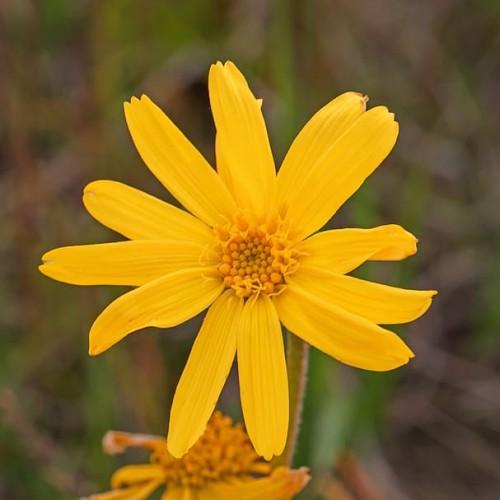
Lake Louise Arnica
Arnica louiseana
Watering:
Average
Hardiness Zone:
Flowers:
Flowers
Sun:
Sun, Partial Shade
Soil:
Sand, Loam
Leaf:
Yes
Growth Rate:
Low
Drought Tolerant:
Yes
Care Level:
Medium
watering
Northern Arnica should be watered about once every 10-14 days, depending on the soil conditions. Shield the plants from direct sunlight and water in the morning to give the ground time to dry out during the day. Aim to keep the soil slightly moist but never too wet. Take extra care when watering in the hotter months as the plant can suffer from dehydration and water stress if not provided with enough water. When watering, provide enough to make the soil evenly moist, but do not waterlog the soil. Be sure to check before watering if the soil is dry enough by inserting your finger into the soil; if the soil is wet, there is no need to water.
sunlight
Northern Arnica (Arnica lonchophylla) requires at least 6 to 8 hours of direct sunlight per day to thrive. When grown indoors, direct sunlight may be hard to come by. Full sun is best but if grown in lower light, the plant will get by with supplemental light from a grow light. During the warmer months, or if planted outdoors in a sheltered area, Northern Arnica will appreciate some midday shade or dappled light in the afternoon. Northern Arnica may also benefit from direct sunlight during the cold winter months to help keep the plant from going dormant.
pruning
Northern Arnica (Arnica lonchophylla) should be pruned in the late winter or early spring before new growth appears. Pruning should be light to moderate to avoid over-stimulating new growth and to maintain the overall size and shape of the plant. If possible, cut out any dead or diseased branches to maintain the health of the plant. If the plant has become too large, more extensive pruning can be done to reduce the overall size and invigorate the growth of new branches.
